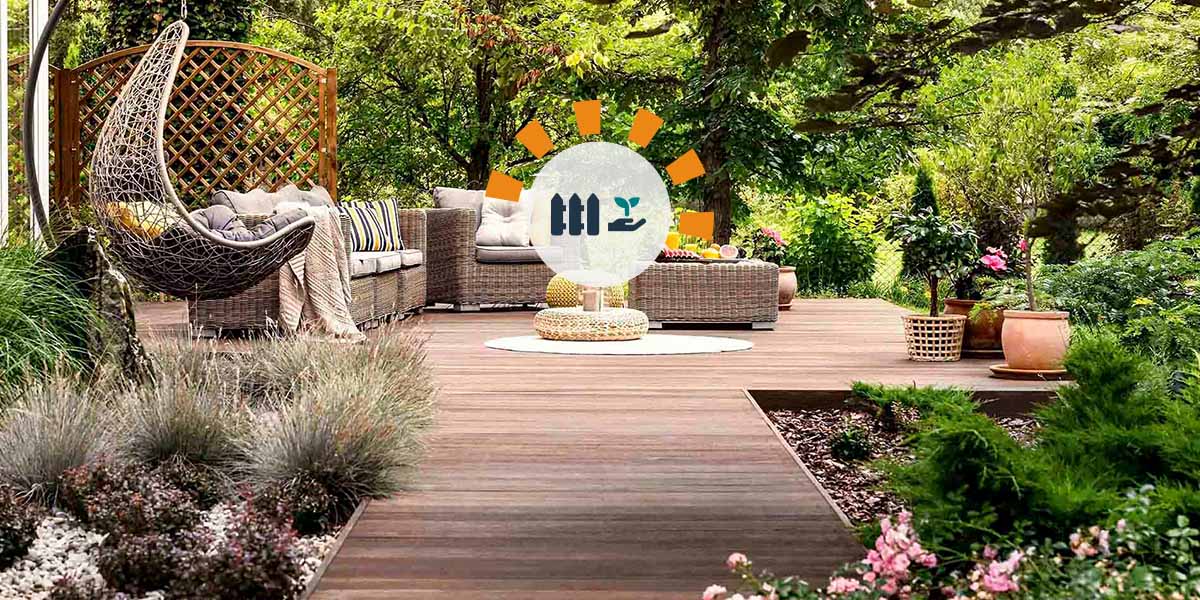
Patio Project Functionality: A Comprehensive Guide to Maximizing Outdoor Living
Introduction
A well-designed patio can extend your living space outdoors, providing a comfortable and inviting area for relaxation, entertainment, and dining. Whether you’re planning a small, intimate space or a sprawling backyard oasis, carefully considering the functionality of your patio will ensure that it meets your needs and enhances your outdoor experience.
Planning for Functionality
1. Define Your Purpose
Start by determining how you plan to use your patio. Will it be primarily for entertaining, relaxing, or dining? Understanding your intended purpose will guide your design decisions.
2. Determine the Size and Layout
Consider the size of your outdoor space and the number of people you typically entertain. Plan for adequate seating, dining areas, and circulation space.
3. Choose the Right Materials
Select materials that are durable, weather-resistant, and complement your home’s style. Consider pavers, concrete, natural stone, or wood.
4. Consider Lighting
Plan for both ambient and task lighting. Ambient lighting creates a welcoming atmosphere, while task lighting illuminates specific areas for dining or grilling.
Functional Features
1. Seating
a. Choose Comfortable Furniture
Opt for comfortable chairs, sofas, and loungers that provide ample support and relaxation.
b. Consider Built-In Seating
Built-in seating, such as benches or planters, can save space and create a cohesive look.
2. Dining
a. Plan for a Dining Table
Choose a dining table that is large enough to accommodate your guests and fits the scale of your patio.
b. Consider a Grill or Outdoor Kitchen
An outdoor grill or kitchen allows you to cook and entertain without leaving the patio.
3. Storage
a. Built-In Storage
Incorporate built-in storage, such as cabinets or drawers, to keep cushions, pillows, and other items organized.
b. Outdoor Shed
An outdoor shed provides additional storage for larger items, such as lawn equipment or bicycles.
4. Privacy
a. Create a Screened-In Area
A screened-in area protects you from insects and provides a more intimate setting.
b. Use Privacy Screens
Privacy screens, such as trellises or hedges, can block unwanted views and create a sense of seclusion.
5. Entertainment
a. Install an Outdoor TV
An outdoor TV provides entertainment for guests and allows you to enjoy movies or sporting events outdoors.
b. Create a Fire Pit
A fire pit creates a cozy and inviting atmosphere for evening gatherings.
6. Water Features
a. Add a Water Fountain
The soothing sound of running water adds tranquility to your patio.
b. Install a Pond
A pond can attract wildlife and create a serene ambiance.
7. Landscaping
a. Plant Trees and Shrubs
Trees and shrubs provide shade, privacy, and visual interest.
b. Create a Garden
A garden can provide fresh herbs, vegetables, or flowers.
8. Other Functional Considerations
a. Consider a Pergola
A pergola provides shade and can be used to support climbing plants.
b. Install a Misting System
A misting system can cool you down on hot days.
c. Add a Hot Tub
A hot tub provides relaxation and therapeutic benefits.
Conclusion
By carefully considering the functionality of your patio, you can create an outdoor space that meets your needs and enhances your enjoyment of the outdoors. Whether you’re planning a small retreat or a grand entertainment area, a well-designed patio will extend your living space and provide a place for relaxation, entertainment, and memories.